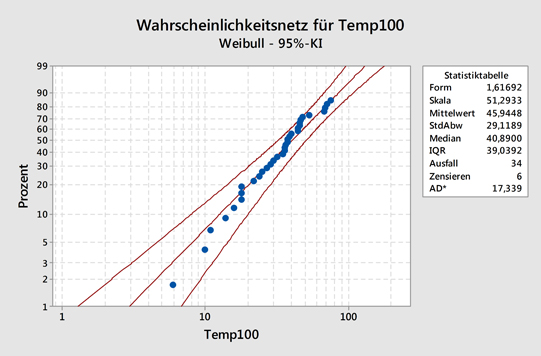
These statistical analyses were completed for each level of mathematical anxiety.

The mean number of individuals that felt uneasy was 3.7 with a standard deviation of 1.3018 and the median 4.0. When evaluating the information given in the discussion, with different ages and levels of mathematical anxiety, I found that the mean age was 36.2 and the median was 33.5 with a standard deviation was 11.232. According to Connor & Johnson (2017), descriptive statistics summarize, analyze, and describe data in ways that make the information easier to understand. It is fascinating to know that once the data is entered, graphs can be made, measures of central tendencies found, and an explanation given. I honestly knew nothing about this until I entered week 9 of this class. I was very thankful to know that there is a program that can assist with the statistical analysis of data. Using Minitab Express was an interesting experience. When a research study is supported by numerical evidence, it proves validity and receives recognition by the community (Divisi et al., 2017).

The mean is the average, the median is the numerical data in the exact middle, the mode is a value that occurs most frequently, and the range is the distance between the highest and lowest value (“Measures of Central Tendency,” n.d.).

The mean, median, and mode are known as the measures of central tendency. According to Divisi, Leonardo, Zaccagna, & Crisci (2017), statistical concepts such as the mean, median, and mode along with frequency distributions can be graphed and further explained. Minitab Express is a very helpful descriptive statistics tool that can be used in research to calculate and provide outcomes pertaining to the research data gathered.


 0 kommentar(er)
0 kommentar(er)
